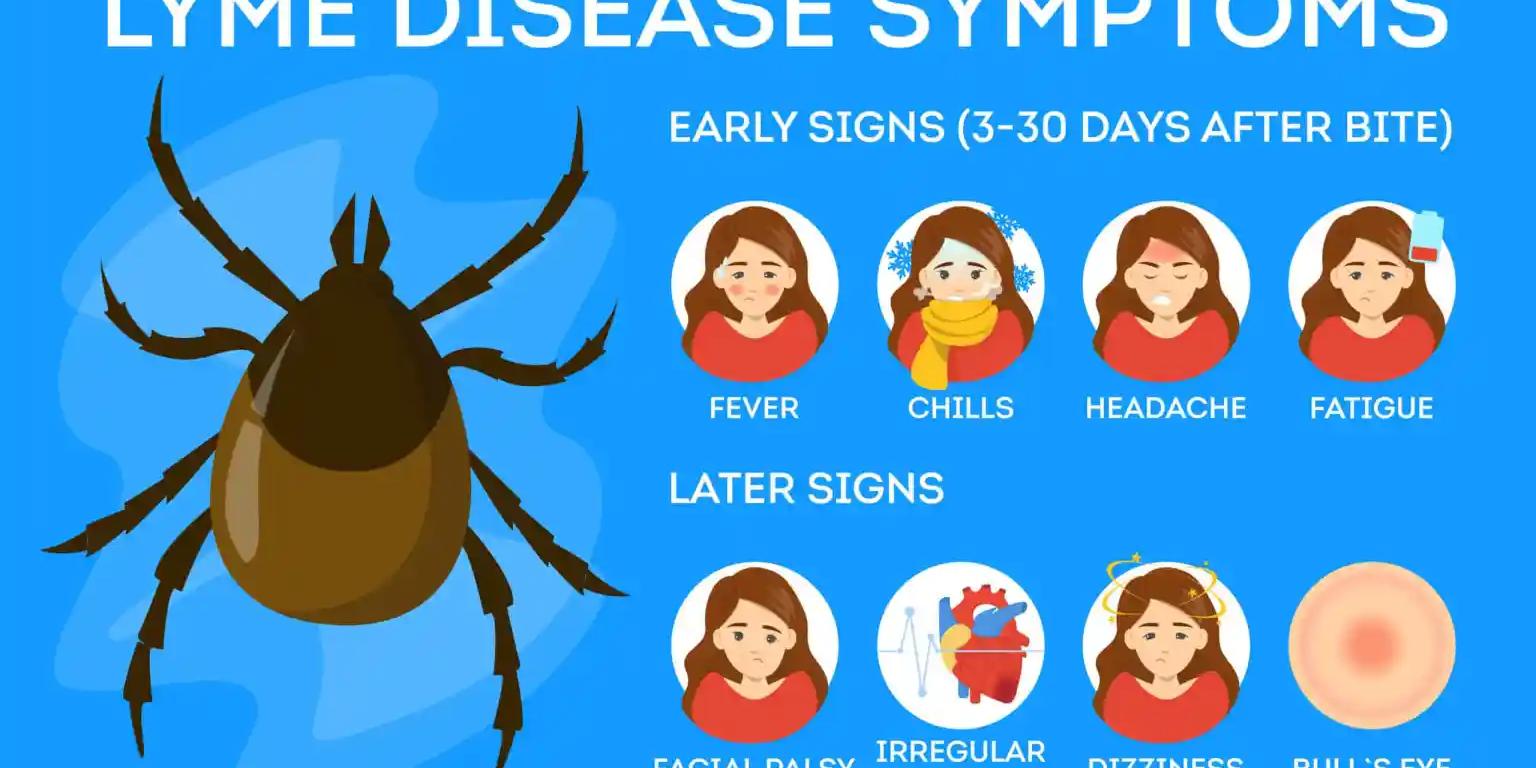Lyme Disease part 1: History and analysis
Eric,

You hear a lot in the news (or used to) about Lyme Disease. What most may not remember is the period in the 1980’s (and continuing in large part today [4]) when “Medical Experts” denied the idea of Lyme Disease and often misdiagnosed it. In this article, I will follow a brief history of how it was discovered, some of the names it may have been called by and generally what it is.
Some history:
Lyme Disease was originally known as “Black Tick disease”, or “deer tick disease” and was finally named in the 1970’s under the current moniker as Lyme Disease. However, the story behind it is even more interesting than the basic research that put a name on it. The original parasite that evolved into modern Lyme Disease (with a little help from environmental changes, human intervention and other causes), has lead to the current modern issues with this disease. The original parasite dates back to nearly 60,000 years ago after an ice age was triggered by a volcanic eruption in what is now known as Java some 74,000 years ago which resulted in changes in the northern arboreal forest types that ring much of the northern Hemisphere [1] and due to more recent changes brought about by land development in the Northeastern US and Eastern Canada post 1900, caused changes in local environments that resulted in an explosion of exposure to the ticks that carry the disease. However, even with this, there was still a steep increase post 1960 that can’t be accounted for by just encountering said ticks in the wild. Also, as we all know (from various news reports pre-2010, the US Government (amongst many others) was doing “gain of function” research and using entire communities as unknowing lab rats (see the Tuskegee human experiments stories [2]) and that example is just one that we know about. As a general rule with this blog, the assumption is that if one item is known, there are likely others not yet known (the CIA coined the term “Conspiracy Theory” to cover this sort of information in 1967 as a means of attempting to discredit whistleblowers and others). This statement Segway’s into actual stories [3] where it has been determined that government scientists may have actually been doing such research to make “bugs” more deadly (hence the term “gain of function research”). This may also explain stories that involve doctors refusing to diagnose Lyme infections from the late 1970’s, which continues in large part today [4].
So, given the above information, just how bad is this “pandemic” of Lyme Disease? Well, it’s probably the 2nd or 3rd largest vector caused illness in the US (and some other countries) [5] with an estimated 300,000 to 475,000 estimated infections yearly (post 2010).
So, what can we, as the general public do about this? Well, that is what part two of this article will attempt to address.
1. Ancient history of Lyme disease in North America revealed with bacterial genomes courtesy of Yale Univercity school of Medicine: https://medicine.yale.edu/news-article/ancient-history-of-lyme-disease-in-north-america-revealed-with-bacterial-genomes/
2. Tuskegee Experiments (1932-1972): https://www.history.com/news/the-infamous-40-year-tuskegee-study
3. long before suspicions arose about a lab leak government scientists were fiddling with bugs to make them more deadly : https://www.jospi.org/article/73077-long-before-suspicions-arose-about-a-lab-leak-government-scientists-were-fiddling-with-bugs-to-make-them-more-deadly
4. Collateral Damage in the battle over Lyme disease: https://www.ncbi.nlm.nih.gov/pmc/articles/PMC8992362/
5. Johns Hopkins Medical center article on Lyme Disease and ticks: https://www.hopkinsmedicine.org/health/conditions-and-diseases/lyme-disease/ticks-and-lyme-disease




